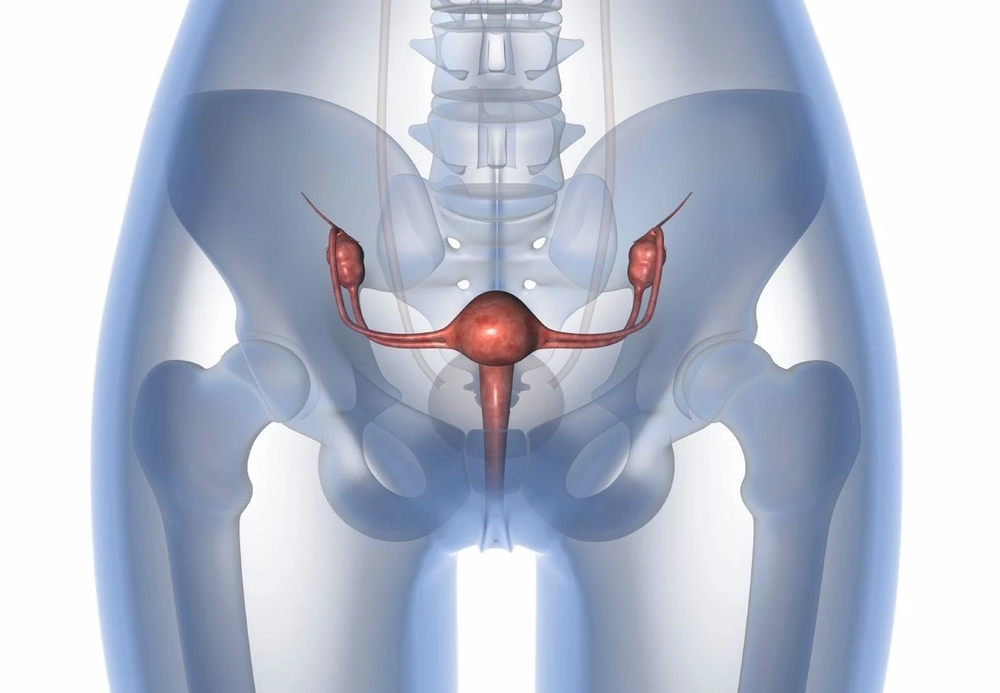Article
Selinexor Demonstrates PFS Benefit in Advanced Endometrial Cancer, Including p53 Wild-Type Tumors
Author(s):
Selinexor generated a longer median progression-free survival compared with placebo in patients with advanced or recurrent endometrial cancer, including those with p53 wild-type tumors.
Endometrial Cancer

Selinexor (Xpovio) generated a longer median progression-free survival (PFS) compared with placebo in patients with advanced or recurrent endometrial cancer, including those with p53 wild-type tumors, according to data from the phase 3 SIENDO trial (NCT03555422) presented at the 2022 ASCO Annual Meeting.1
Findings showed the meedian PFS was 5.7 months (95% CI, 3.81-9.20) with selinexor vs 3.8 months (95% CI, 3.68-7.39) with placebo (hazard ratio [HR], 0.705; 95% CI, 0.499-0.996; P = .024).
The SIENDO trial is a prospective, multicenter, double-blind, phase 3 study. The study enrolled 263 patients with advanced or recurrent endometrial cancer after 1 line of taxane-platinum therapy with partial or complete remission. Patients were randomized 2:1 to receive 80 mg of selinexor (n = 174) once weekly until progressive disease (PD) or placebo (n = 89). TP53 mutations and microsatellite instability (MSI) were assessed by centralized targeted sequencing and local immunohistochemistry. The primary end point was PFS by investigator assessment, and the secondary end points included PFS by blinded independent central review, disease control rate, time to first subsequent therapy, and time to second subsequent therapy. The exploratory end point followed patients with TP53 mutation status.
The median age of patients in the intention-to-treatment arm was 65.5 years (range, 40-81) and 64 years (range, 33-81) in the control arm. Fifty-seven percent of patients had an ECOG performance score of 0 in the selinexor arm, 40.8% had a score of 1, and 0.6% had a score of 2; whereas, 60.7% in the placebo arm scored 0, 39.3% scored 1, and none had a score of 2. Slightly more than half of patients in both the selinexor arm (55.2%) and the placebo arm (53.9%) had an endometrioid histology. Nearly all patients had 1 prior antineoplastic regimen. Recurrent disease was found among 55.2% of patients in the treatment arm and 55.7% in the control arm. The rest of the patient population had primary stage IV disease.
Among patients who harbored p53 wild-type tumors, 67 received selinexor and 36 patients received placebo. The median PFS for this patient population was 13.7 months for the selinexor arm (95% CI, 9.20-not reached) vs 3.7 months (95% CI, 1.87-12.88) for the placebo arm (HR, 0.375; 95% CI, 0.21-0.67; P = .0003).
Among patients who harbored p53 mutant/aberrant tumors, 74 received selinexor and 40 received placebo. Patients in the selinexor group had a median PFS of 3.7 months (95% CI, 3.32-5.55), and patients in the placebo group had a median PFS of 5.6 months (95% CI, 3.71-7.49; P = .853).
Treatment-emergent adverse events (TEAEs) were more commonly reported among patients receiving selinexor treatment. The most common any-grade TEAEs reported in the treatment arm were nausea (84%), vomiting (52%), constipation (37%), and thrombocytopenia (37%). The most common any-grade TEAEs in the control arm were constipation (38%), nausea (34%), diarrhea (23%), and asthenia (21%). The most frequently occurring grade 3 TEAEs in the selinexor arm were nausea (10%), neutropenia (9%), and thrombocytopenia (6%). One grade 4 thrombocytopenia was reported in the selinexor arm. The most common grade 3 TEAEs reported in the control arm were constipation (2%), vomiting (1%), and nausea (1%).
Investigators concluded oral selinexor may lengthen PFS in patients with advanced or recurrent endometrial cancer vs placebo. P53 wild-type status may also predict efficacy with selinexor. Further research with selinexor as a maintenance therapy for patients with p53 wild-type endometrial cancer is warranted.
Reference
Makker V, Perez-Fidalgo JA, Bergamini A, et al. Randomized phase III study of maintenance selinexor versus placebo in endometrial cancer (ENGOT-EN5/GOG-3055/SIENDO): Impact of subgroup analysis and molecular classification. Presented at the 2022 American Society of Clinical Oncology; June 3-7,2022; Chicago, IL. J Clin Oncol 40, 2022 (suppl 16; abstr 5511). doi: 10.1200/JCO.2022.40.16_suppl.5511



















%20(2)%201-Recovered-Recovered-Recovered-Recovered-Recovered-Recovered-Recovered-Recovered-Recovered-Recovered-Recovered-Recovered-Recovered-Recovered-Recovered-Recovered-Recovered.jpg?fit=crop&auto=format)
%20(2)%201-Recovered-Recovered-Recovered-Recovered-Recovered-Recovered-Recovered-Recovered-Recovered-Recovered-Recovered-Recovered-Recovered-Recovered-Recovered-Recovered-Recovered.jpg?fit=crop&auto=format)